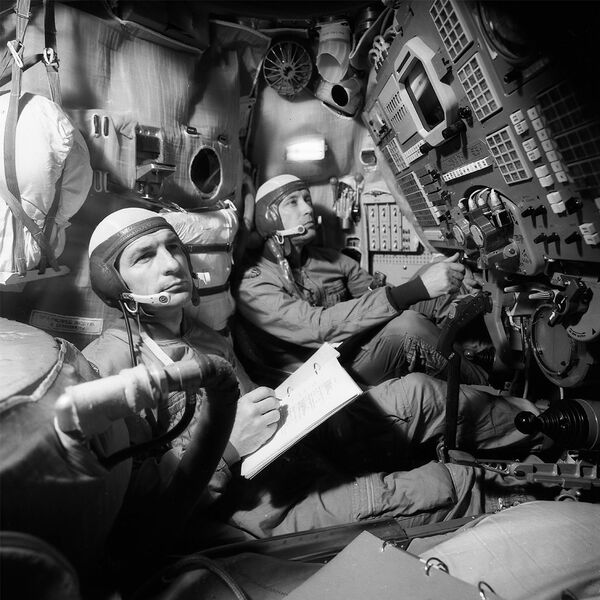A comparison of spacecraft cockpits and their display and control systems through the ages illustrates the increased complexity of their control panels since the first space flight in 1961.
News and technology blog Gizmodo recently put together a collection of images of the control panels in spacecraft, which show how the display and control system in the cockpit became more complex and sophisticated.
More recent designs are less cluttered thanks to more advanced software and touch screens that can be used to carry out several operations.
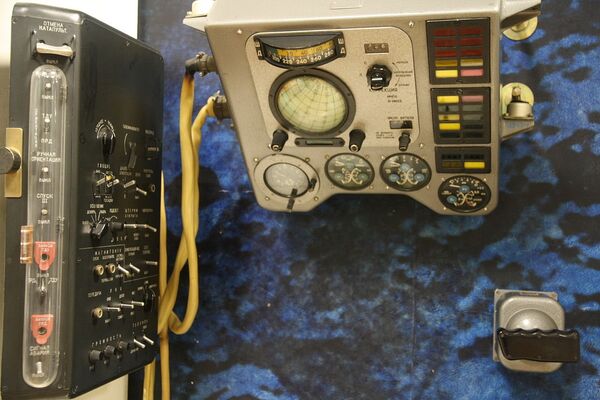
Layout of Vostok spacecraft cabin, 1961. Left: Main switchboard (ПКРС,PKRS, Panel of rocket systems control). Center: Panel with flight instruments, indicators and annunciators. Right: hand controller ("stick") of reaction control system thrusters
© Photo : Wikipedia

A fish-eye lens was used to photograph this Gemini flight article's forward displays and controls. The first piloted Gemini flight, Gemini 3, went into orbit in March 1965
© Photo : NASA
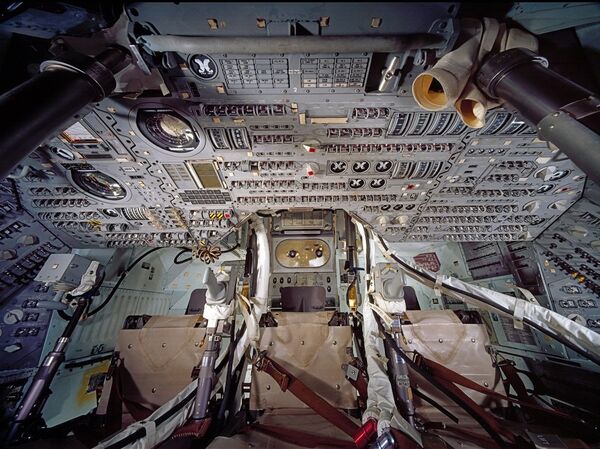
Apollo Command Module Interior. Apollo Command and Service modules were flown by the United States between 1966 and 1975
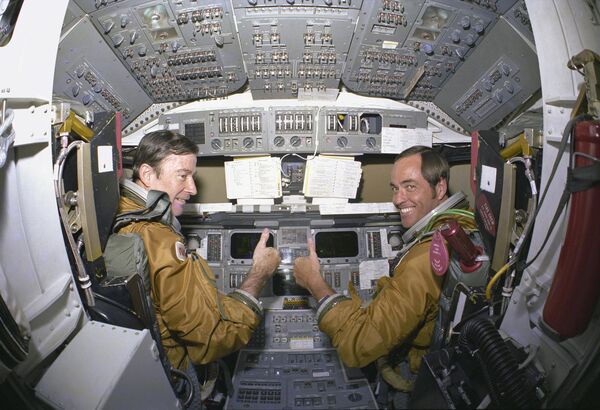
Prime crew astronauts for the first space shuttle mission, Commander John Young and Pilot Robert Crippen, take a break from their intensive training schedule to pose for pictures in the flight deck of the orbiter Columbia. The first Columbia orbiter launched on 12 April 1981 and returned on 14 April, 54.5 hours later, having orbited the Earth 37 times
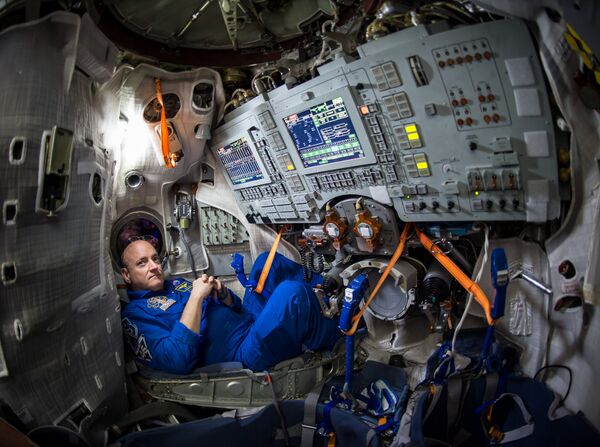
NASA astronaut Scott Kelly is seen inside a Soyuz simulator at the Gagarin Cosmonaut Training Center (GCTC), Wednesday, March 4, 2015 in Star City, east of Moscow
© NASA . Bill Ingalls
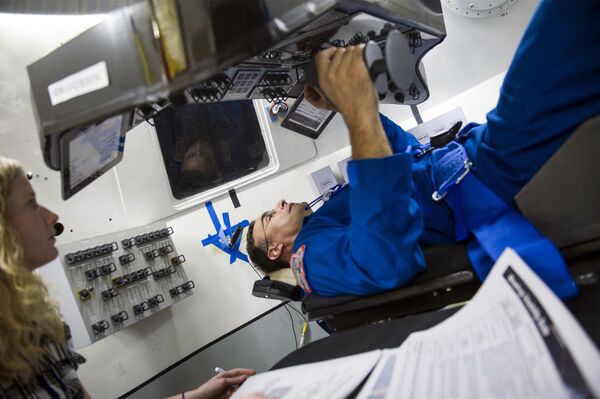
NASA Astronaut Lee Archambault performs an evaluation of reach and visibility of controls and displays during an end-of-year interior layout evaluation of The Boeing Company's CST-100 spacecraft. The spacecraft is expected to fly to the International Space Station with an astronaut aboard by December 2017
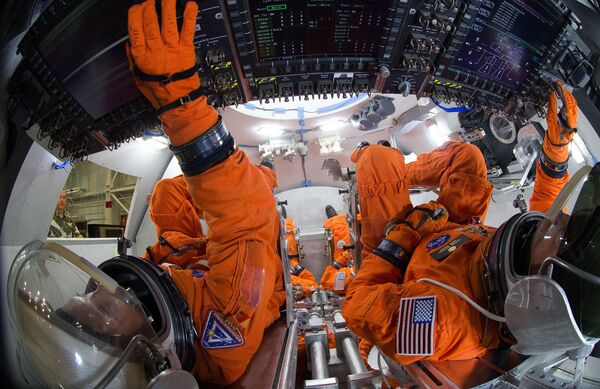
Spacesuit engineers demonstrate how four crew members would be arranged for launch inside the Orion spacecraft, using a mockup of the vehicle at Johnson Space Center. Astronauts will board Orion for a first crewed flight in 2021, and NASA hopes send humans to Mars in Orion in the 2030s
© Flickr / NASA Orion Spacecraft


